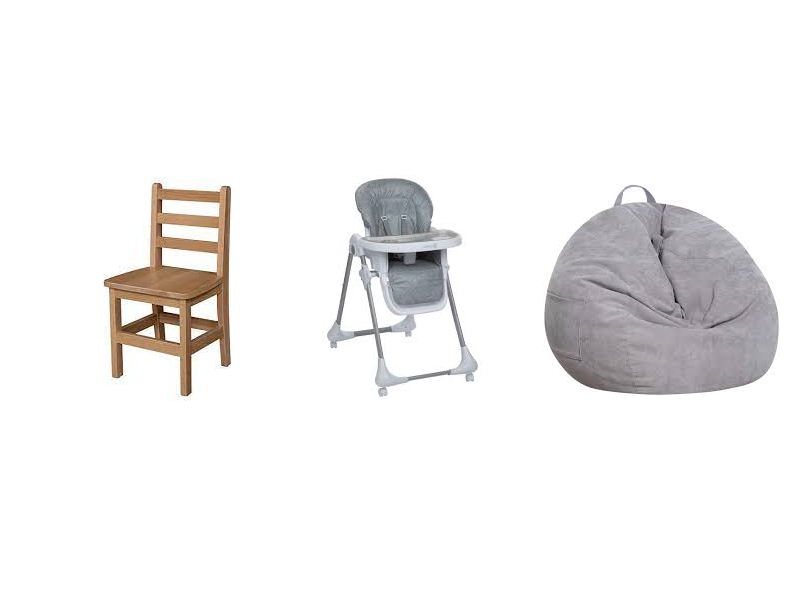With all the talk about what constitutes a chair lately I thought folks might be interested in a primer on the limits of classical categorization (or taxonomy if you like) and how Prototype Theory can help you avoid spiraling into a nihilistic hellhole where words have no meaning. Don't believe the hype: You know what a chair is.
This post is based primarily on the textbook Women, Fire and Dangerous Things by George Lakoff, which was assigned reading at Evergreen, former home of everyone's second least favorite Weinstein, Brett.
It's important to remember that categories are just tools, and the imperfect taxonomies we see in classical categorization work just fine until they don't. As an analogy if you are measuring something in physics and the object is moving slower than 1/10th the speed of light you don't need Special Relativity; Classical Mechanics will work just fine. It's the point when things don't fit cleanly into our categories that we need the extra tools from Prototype Theory.
Let's start with some properties about categories:
- Categories are abstract containers for things (a Ford Focus is a kind of Car)
- Categories have a set of properties:
- A Car has an engine, four wheels, and cupholders for Styrofoam protein vessels.
- A car moves people around.
- Cars drive on roads
- Things that satisfy a category's properties are in that category. Things that don't satisfy those properties don't go in the category:
- A Bus doesn't have cupholders for your Styrofoam protein vessel
- A Semi Truck moves goods around, not people
- A four wheeler drives off road.
- Categories are ordered in hierarchies/taxonomy
- A Ford Focus is a Car
- A Car is an automobile
- An Automobile is a piece of technology
Categories are axiomatic in Math, Logic, and Science. We don't have to prove that categories exist. Aristotle handled that shit for us two thousand years ago.
People from California break them
Psychologist Eleanor Rosch in the 1970s identified two problems with categories hanging out with the Dani people of Papua New Guinea:
- If Categories are defined only by properties that all members share, then no members should be better examples than others There should be no "prototypical" (ie best) example of a category
Which of these is a better example of a car?

Which of these is a better example of a chair?

- If categories are defined only by properties that all members share, then they should be independent of the person doing the categorizing
Which one of these is a better example of "Good President"

It's impossible to separate the category from the person doing the categorization. Lakoff writes that we're all categorizing things automatically all the time, that we do so with groups that have fuzzy boarders, and that we even do it within the framework of our language and cognition. We need more rules to properly describe what it means to be a category












Conclusion
When our cognitive models fail to correctly predict or classify it is important that we tune them, rather than throwing them out entirely. Our natural tendency when a system fails is to throw the baby out with the bathwater.
Expanding our categories consciously to have softer boundaries has the tangible benefits in decreasing cognitive dissonance. This can be done without falling into the "everything is a construct" trap.
Stay chill and based.
PS
Conclude these nutz on your chin